These 39 Flowers Have Astonishing Meanings
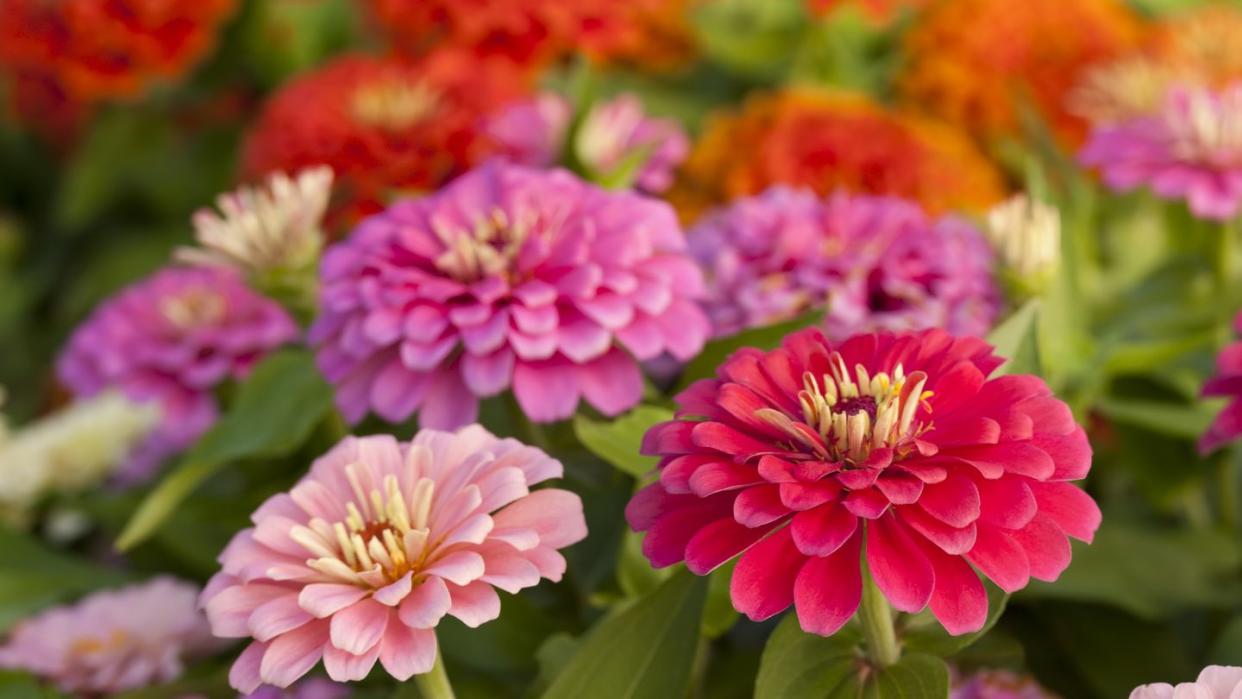
We already know the language of flowers—even if we can’t speak it fluently. Intuitively, we equate the red rose with an unabashed declaration of love. When we see a bride with her delicate wedding bouquet, we feel the sum of its parts: trustworthiness, represented by the lily-of-the-valley; gallantry, by the sweet William; loveliness, in the hyacinth; continuity, through the draping ivy.
Flowers, with their otherworldly textural intricacies and awe-inspiring color combinations, have always inspired us to search for a deeper meaning. Even ancient Greek and Roman mythology connected emotions and florals in ways we find relatable today. (Who hasn’t admired a flower and thought of the fleeting nature of life?)
It wasn’t until the 1800s when deciphering the language of the flowers became a popular pastime. That’s all thanks to Victorians who, in general, were constrained by inhibiting moral guardrails.
According to Thomas E. Hill’s Manual of Social and Business Forms, “no topic of absorbing interest” was allowed in polite conversation because “it might lead to discussion.” Men and women never socialized without the accompaniment of a chaperone or elderly relative. And while jewelry and expensive gifts were frowned upon, flowers were an acceptable gesture.
For a Victorian society bound by strict rules and conventions, flowers were more than exquisite arrangements; they became a vessel for communicating both the sender and receiver’s feelings and wishes.
Even the way flowers changed hands revealed covert feelings: If they were passed with the right hand, the answer was yes; with the left, the answer was no.
Not only did the flowers themselves hold special meanings, but so did their colors. If a woman in the Victorian era received a red rose from an unwanted suitor, she might respond with a yellow rose, which indicated a desire for friendship—or a yellow carnation, which stood for rejection.
With carnations, things could get complicated. Red carnations indicated an aching heart and deep love, whereas striped carnations symbolized refusal. Pink carnations meant “I’ll never forget you,” and white carnations symbolized a pure, innocent love.
Lilies were similarly confusing. White meant purity and yellow symbolized happiness and gaiety. Meanwhile orange lilies symbolized hatred and tiger lilies were associated with wealth and pride.
By 1819, people on the giving and receiving end of flowers needed only consult Le Langage des Fleurs, a dictionary published in Paris, to understand the symbolic meanings behind various flowers.
Floriography, this official mode of using flowers to express meaning or symbolism, may not be required in today’s society. Still, understanding the meaning of flowers, herbs and other plants can heighten our emotional intelligence—and give us an opportunity to add depth to already-special occasions.
Want to give flowers like a Victorian? The Farmer’s Almanac shares a Flower Symbolism Chart that reflects the Victorian flower language; read on for a snapshot of various flowers and their symbolism to get you started.
Aloe
Aloe symbolizes both affection and grief, making it a thoughtful gift when you want to offer condolences to a loved one.
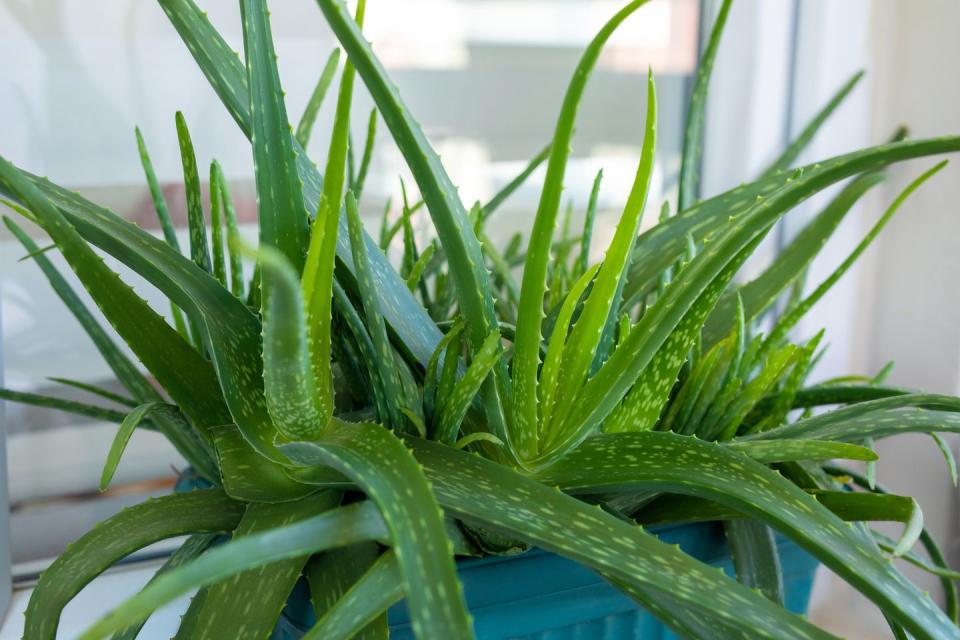
Baby's Breath
There's a reason you often see baby's breath in bridal bouquets: This dainty white flower is said to symbolize everlasting love.
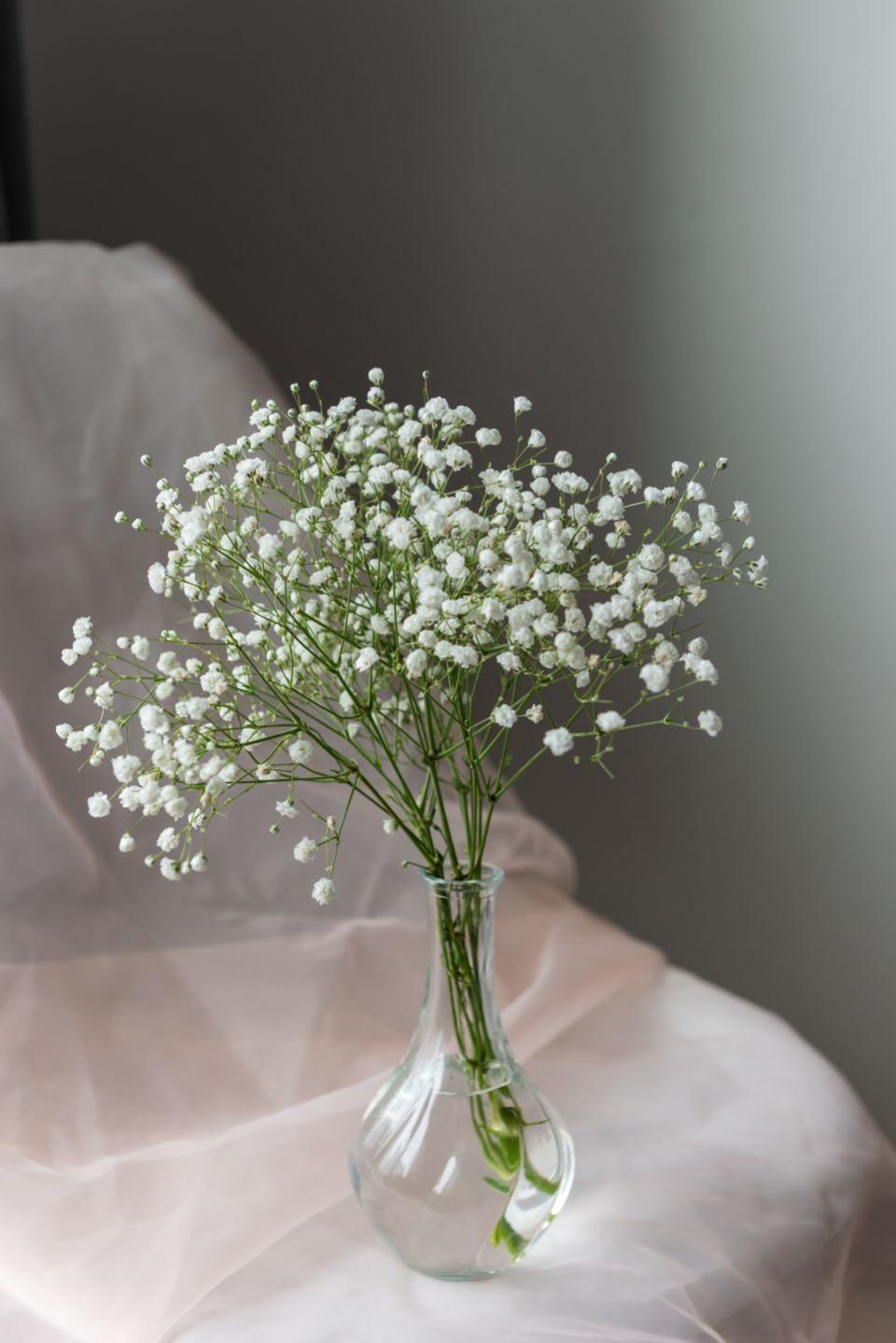
Basil
Basil symbolizes good wishes, making it a thoughtful milestone gift for new homeowners, newlyweds or new parents.
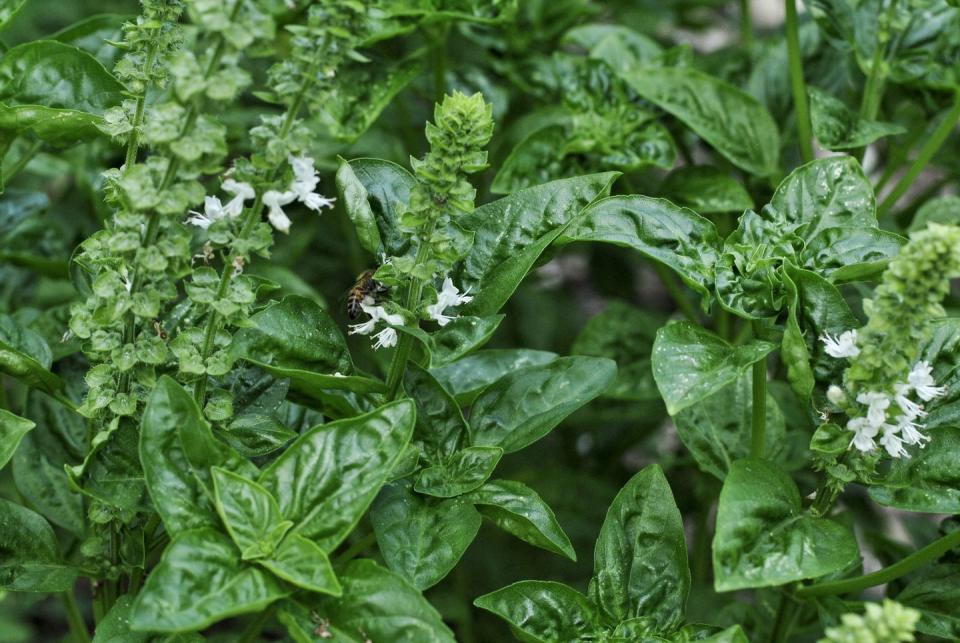
Begonia
You may want to think twice before adding begonia to that planter by your front door. It symbolizes "beware," according to the Farmer's Almanac (read: it's not exactly welcoming!).
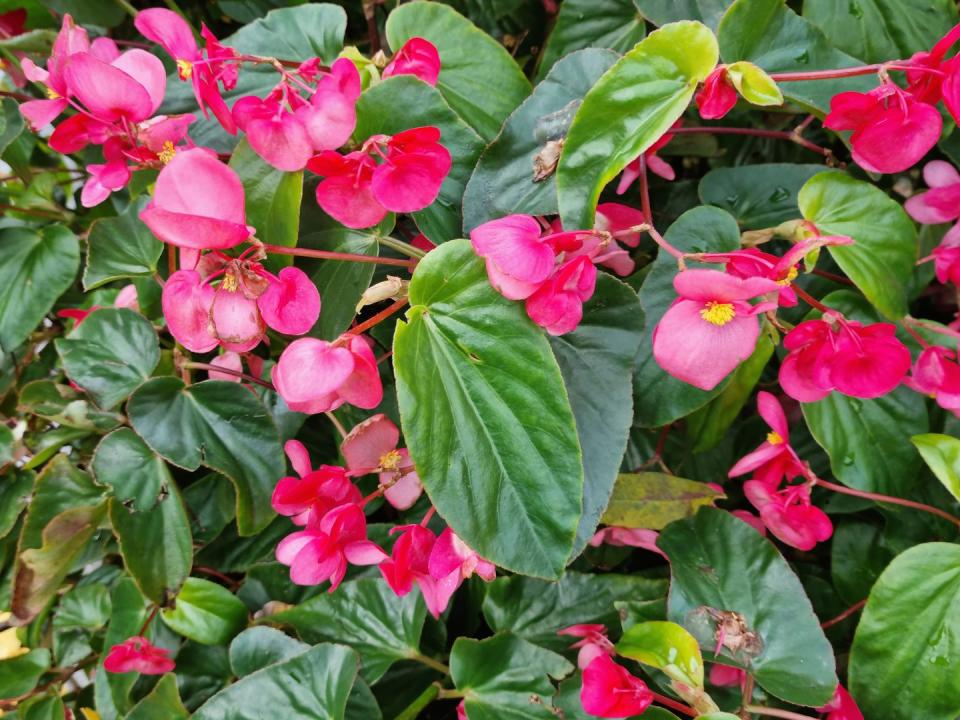
Belladonna
Belladonna may translate to "pretty woman" in Italian, but this highly poisonous plant is also known as deadly nightshade in the English language. The flower symbolizes silence, which doesn't exactly give us the warm and fuzzies.
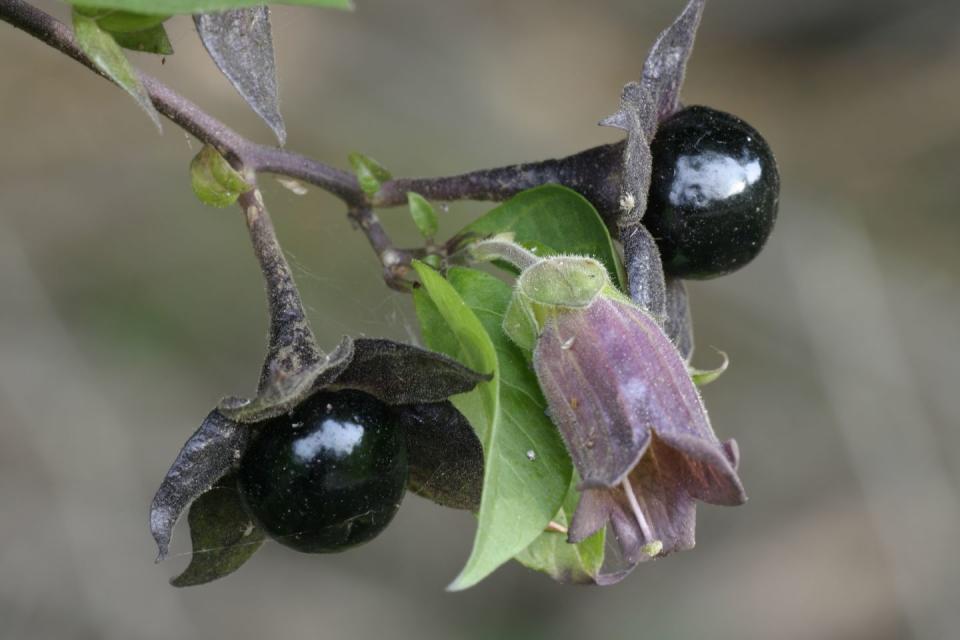
Black Eyed Susan
Black eyed Susans are a cheerful flower that symbolize justice.
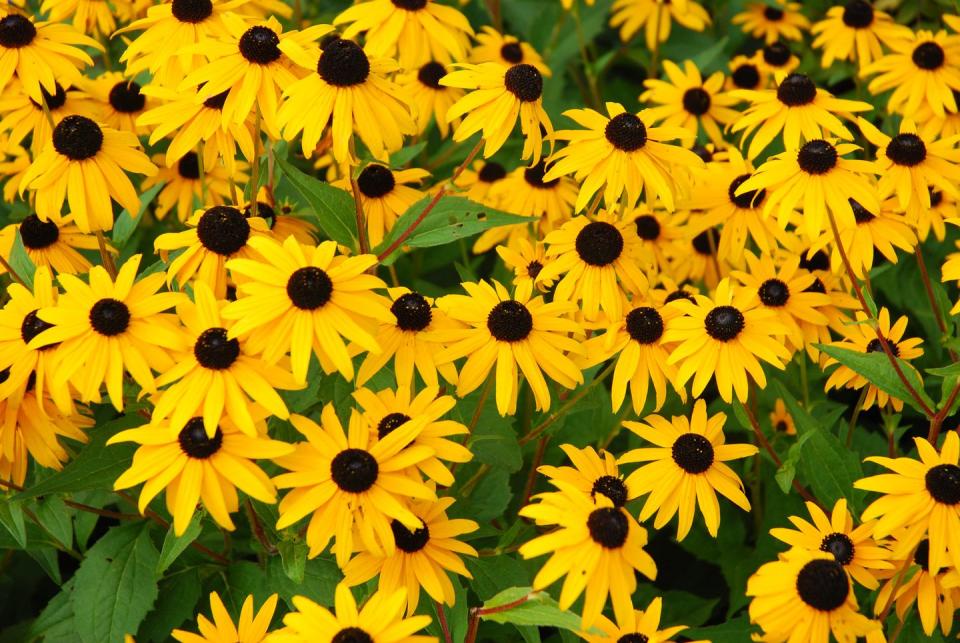
Bluebell
Fluffy clusters of periwinkle bluebells symbolize humility.
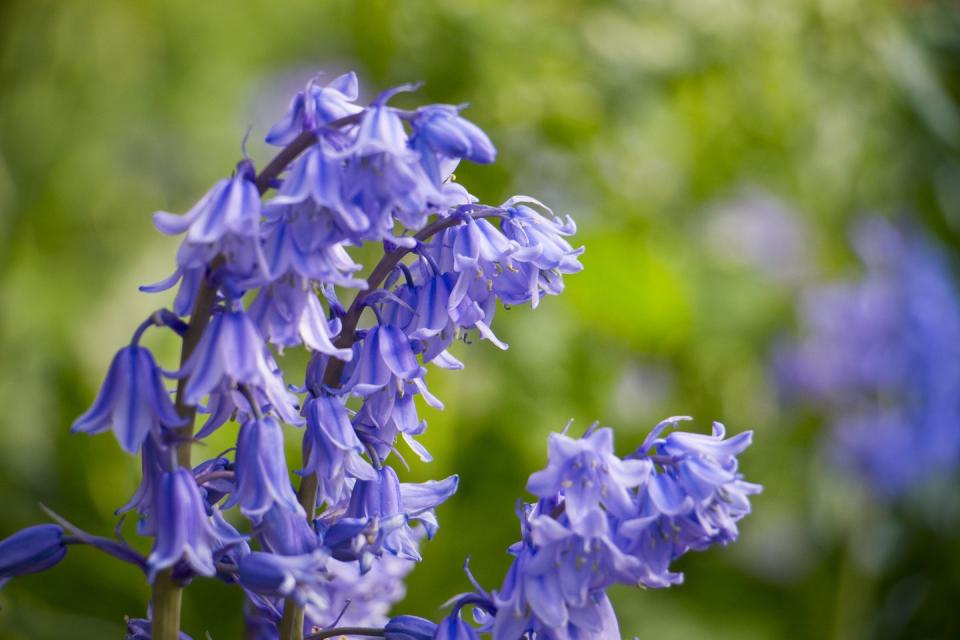
Butterfly Weed
This vibrant flower, which lives up to its name, symbolizes let me go.
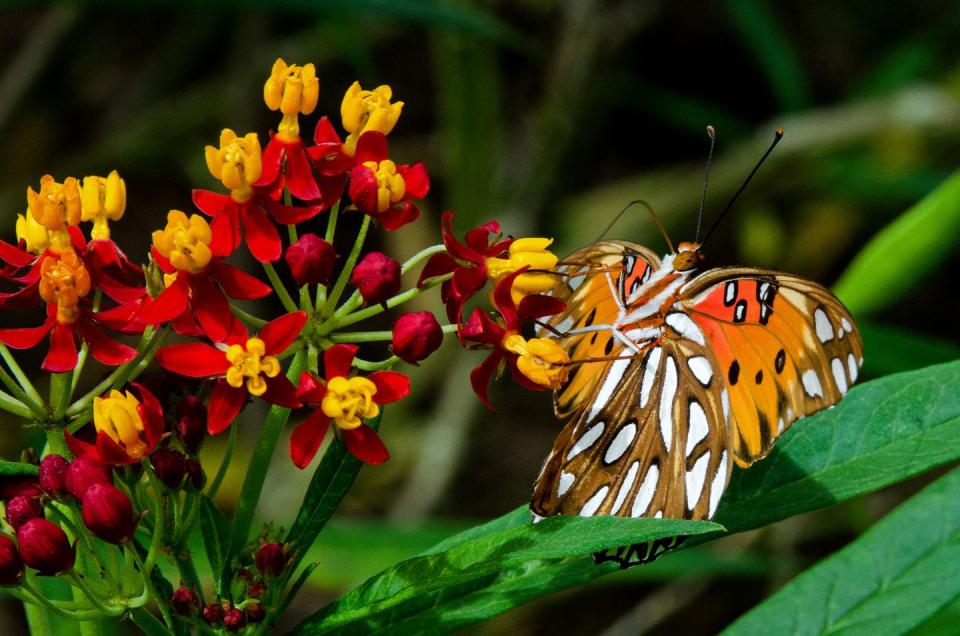
Calla Lily
White calla lily flowers, which are often seen around Easter or at funerals due to their symbolic ties to resurrection and rebirth, also symbolize beauty.
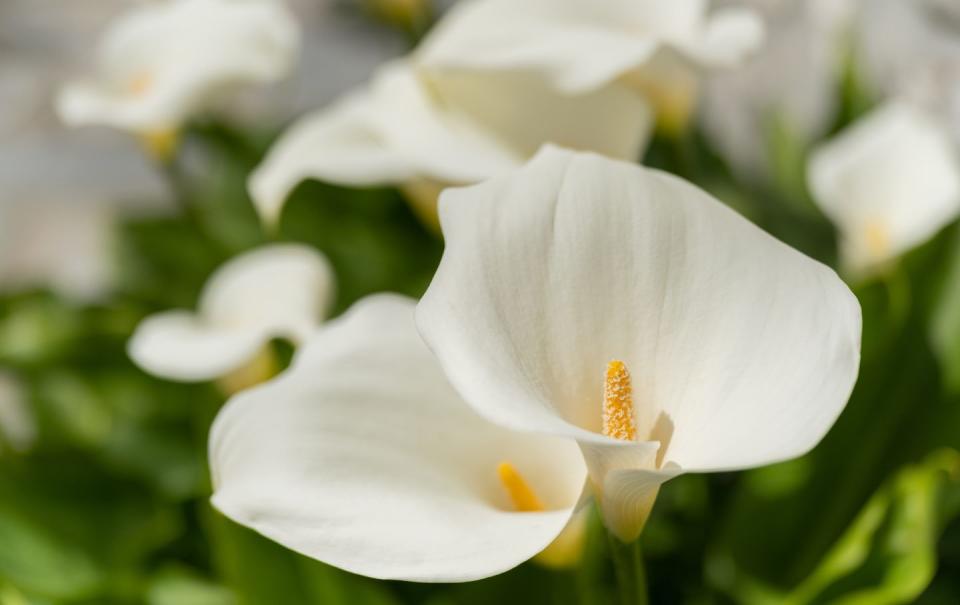
Camellia
The white camellia conveys you’re adorable and flawless beauty. Other colors also take on specific symbolism: Pink camellia flowers convey longing for you, and red varieties convey my heart bleeds for you.
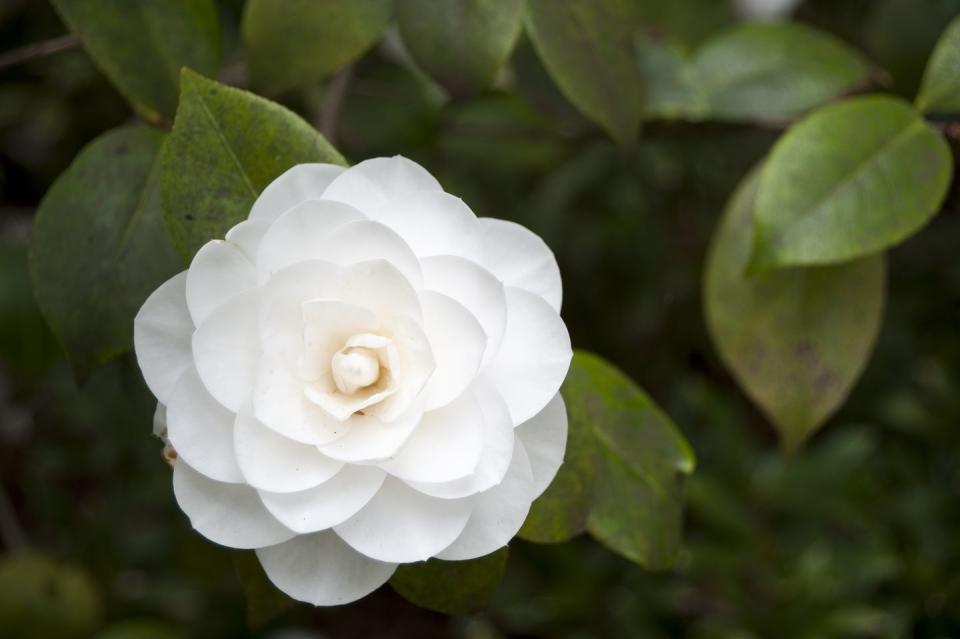
Carnation
An ancient flower that was one of the first to be hybridized in Europe, the carnation expresses many sentiments across its rainbow of hues. While red stands for deep love and white for good luck, perhaps loveliest of all is the soft pink bloom that represents a mother's undying love.
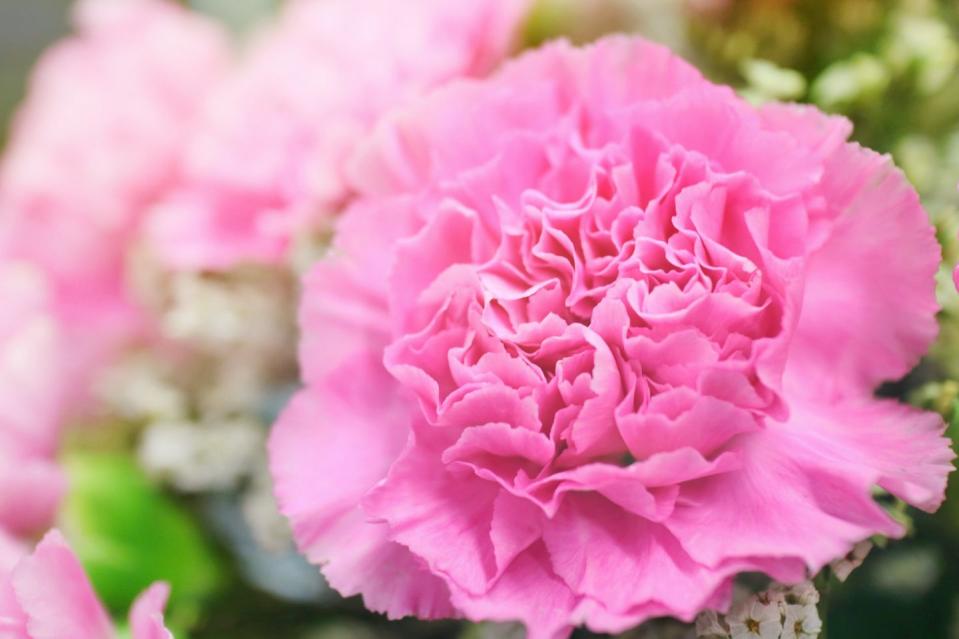
Chrysanthemum
Send get-well wishes with a tuzzy-muzzy featuring vibrant, jewel-toned chrysanthemums, which embody long life, optimism, and joy.

Daffodil
What better gift to give yourself than an arrangement of hardy spring daffodils, named for Narcissus of Greek mythology and aptly symbolizing self-love.
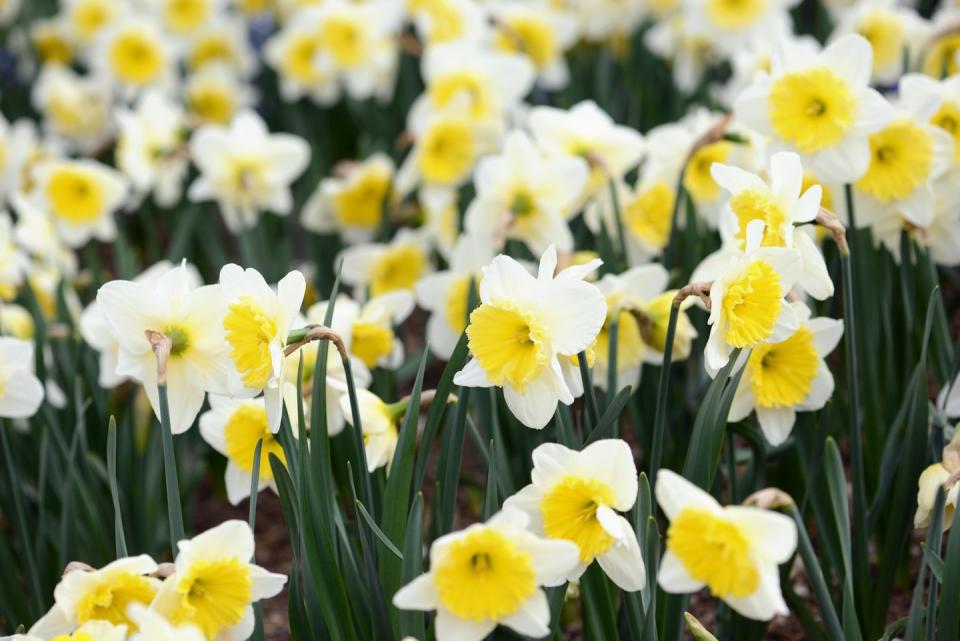
Dahlia
Indigenous to central Mexico, the dahlia is experiencing a resurgence in popularity due to its variety in color, shape, and size. To the Victorians, dahlias meant forever thine and displayed commitment and an everlasting bond.
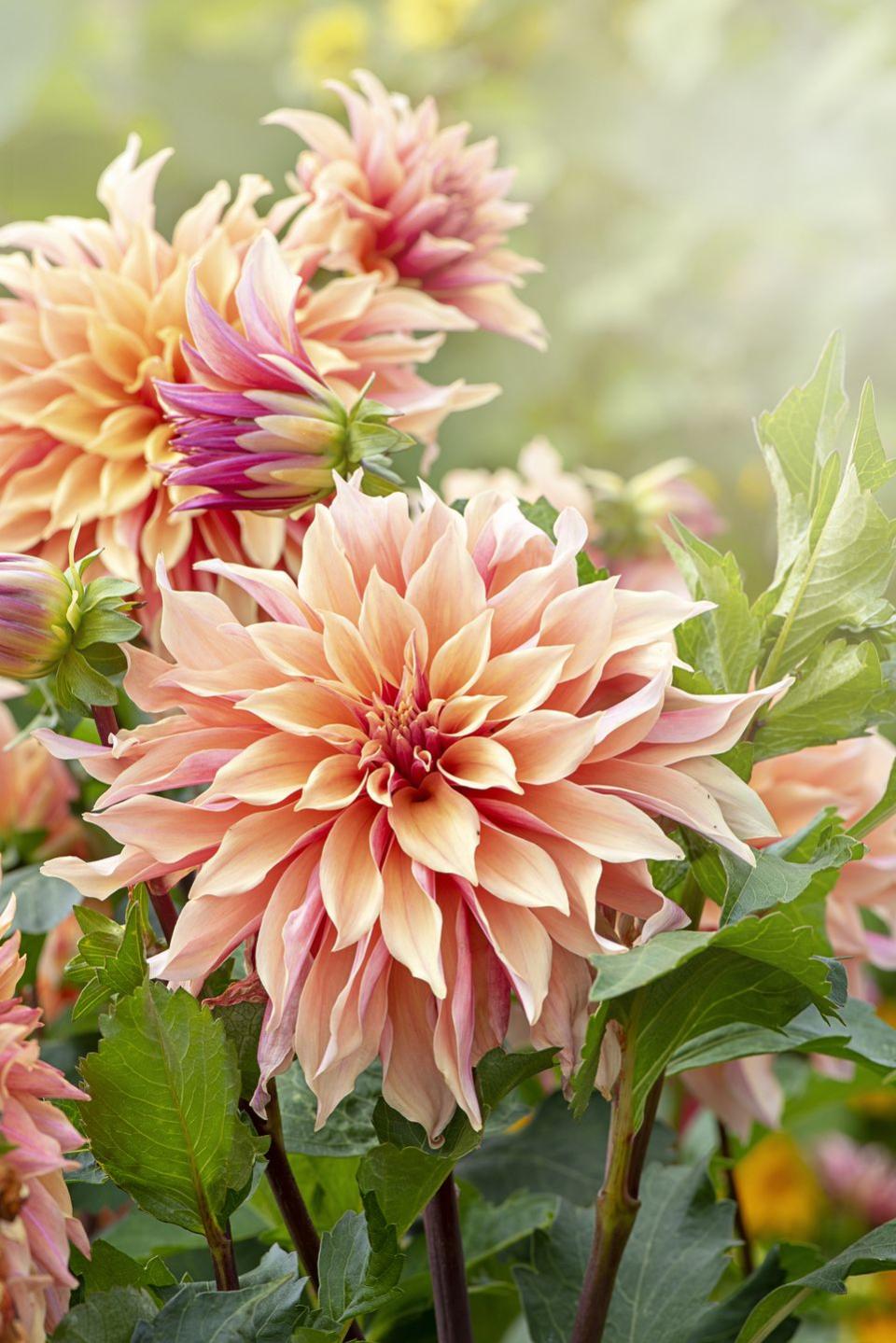
Daisy
Daisies symbolize loyal love, I’ll never tell. In other words? They're the perfect flower for your BFF who you can share all your secrets with.
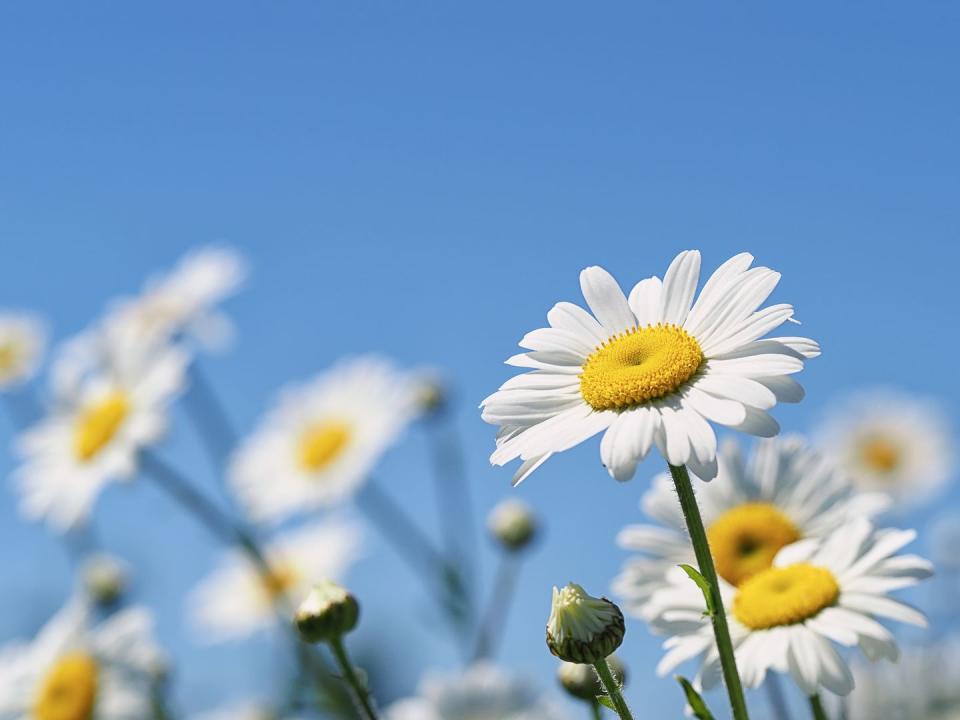
Forget-Me-Not
The diminutive forget-me-not, with its charming sky blue flowers, suggests true love and is a lasting symbol of remembrance.
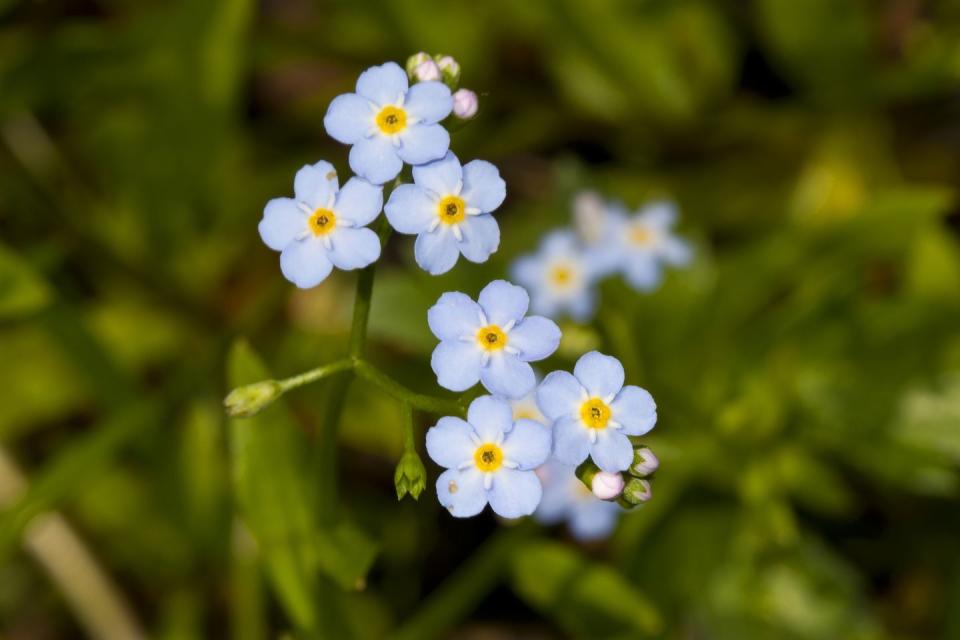
Foxglove
With its speckled tubular flowers and stately form, the triumphant foxglove, meaning wishfulness, feels as at home in a wildflower meadow as it does in a border garden.
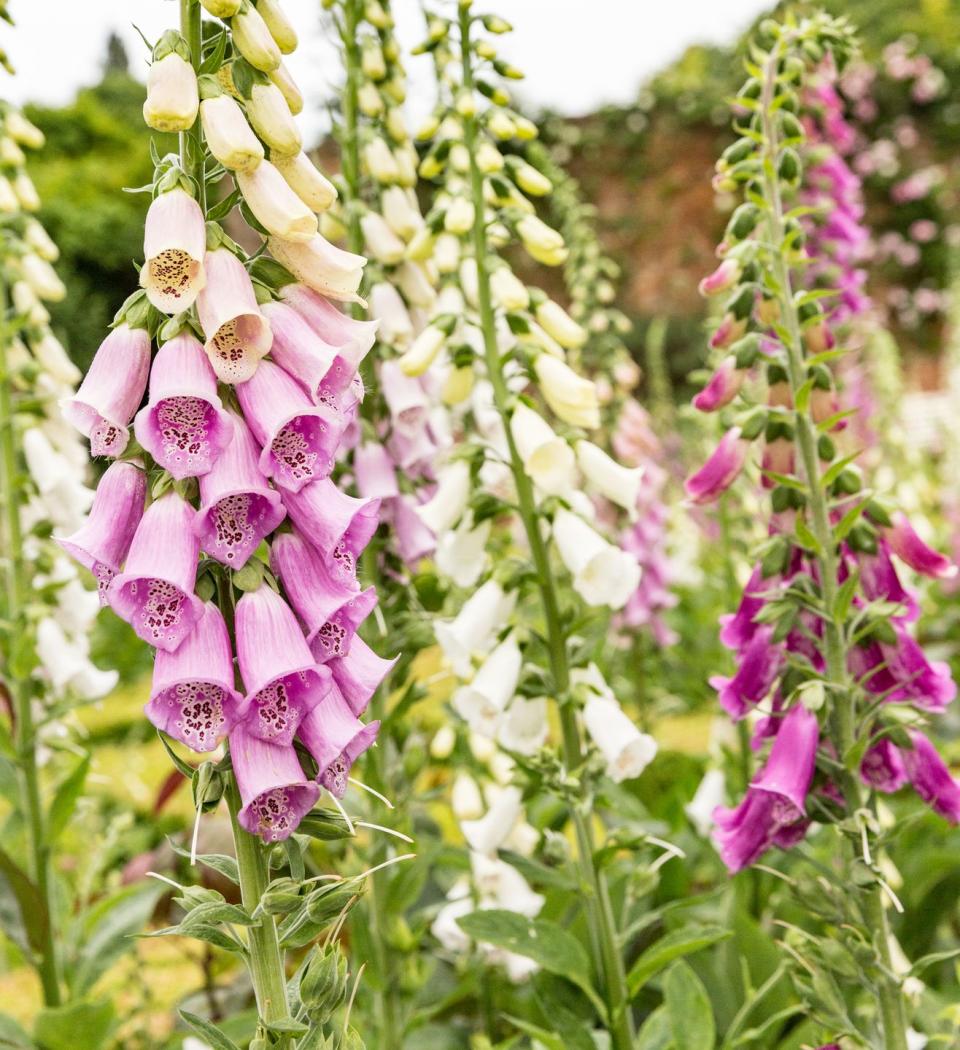
Geranium
Whether planted in a pot or hanging basket or as a cut flower in a bouquet, presenting geranium to a loved one announces that you're my preference.
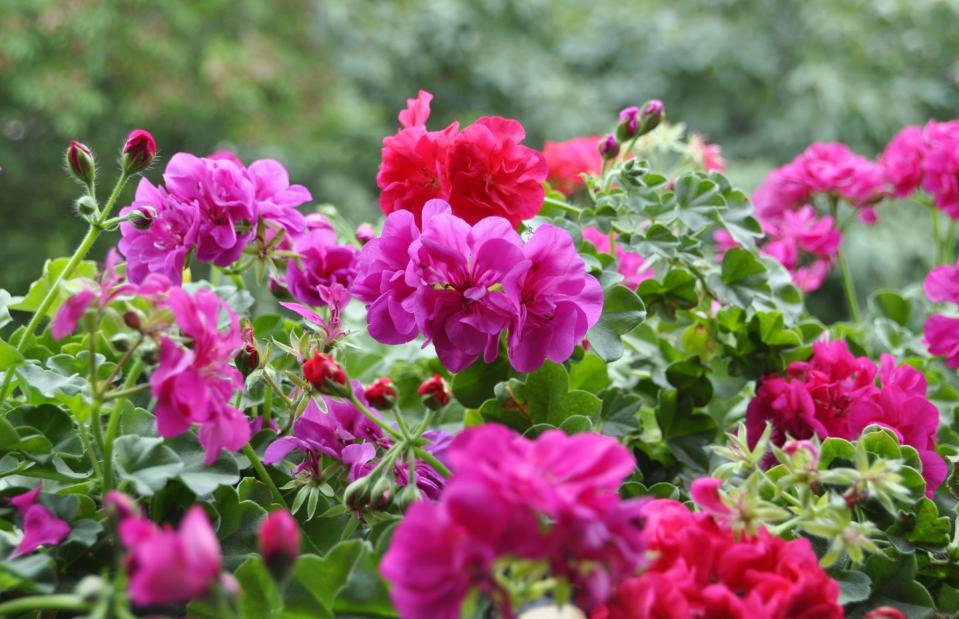
Hyacinth
During the Victorian age hyacinth was revered for its sweet, lingering fragrance and mass planted in rows by color in low beds. The various hues took on a range of connotations: Blue stood for consistency, purple for sorrow, and white for unobtrusive loveliness, while yellow indicated jealousy.
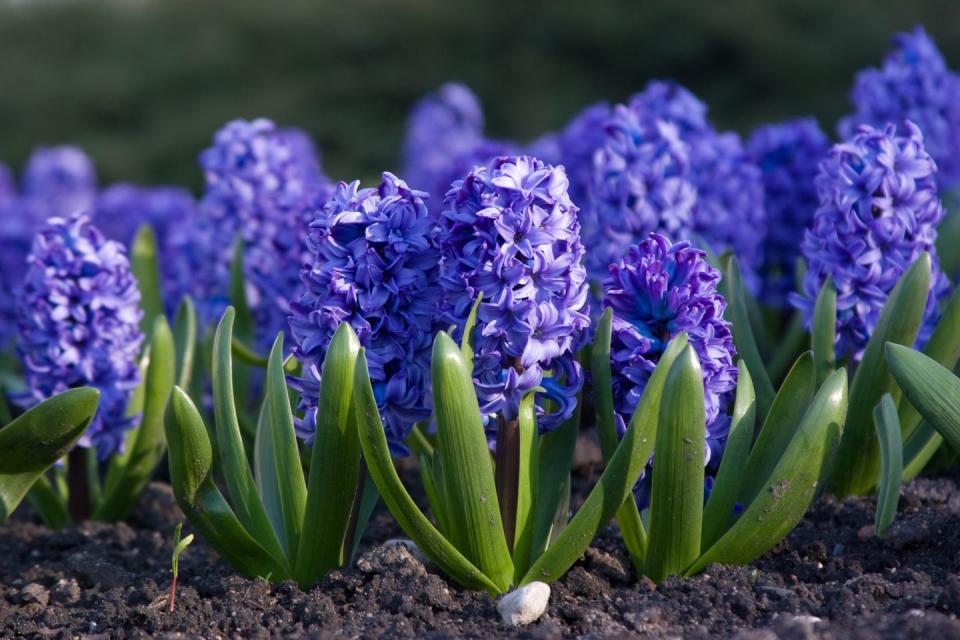
Honeysuckle
Admired for its sweet scent and trailing vines of pink and orange flowers, the honeysuckle symbolizes devoted and everlasting love.
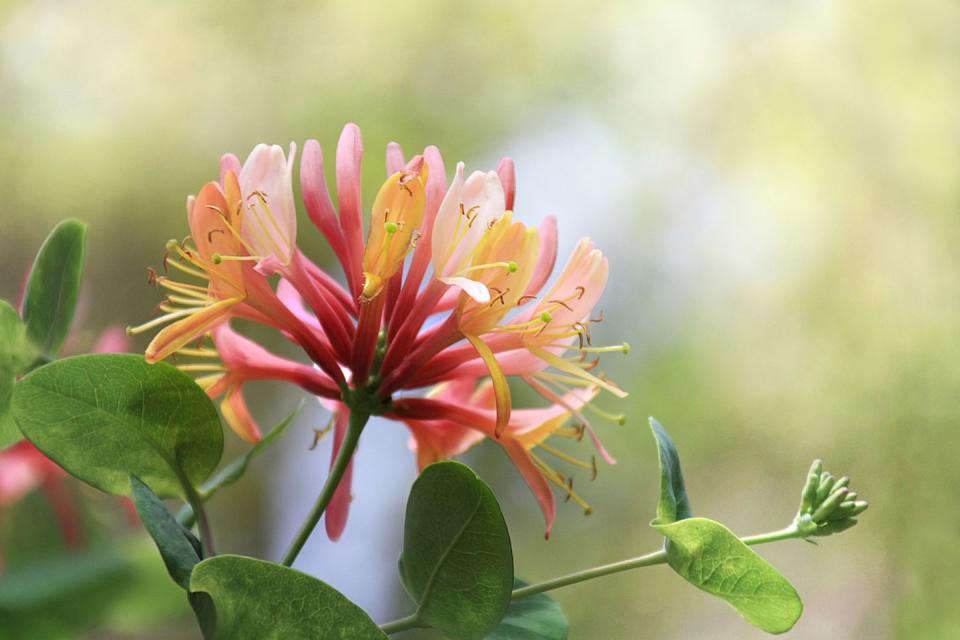
Hydrangea
Hydrangeas convey gratitude for being understood, but the showy pom-pom blossoms can also signify vanity or boastfulness.
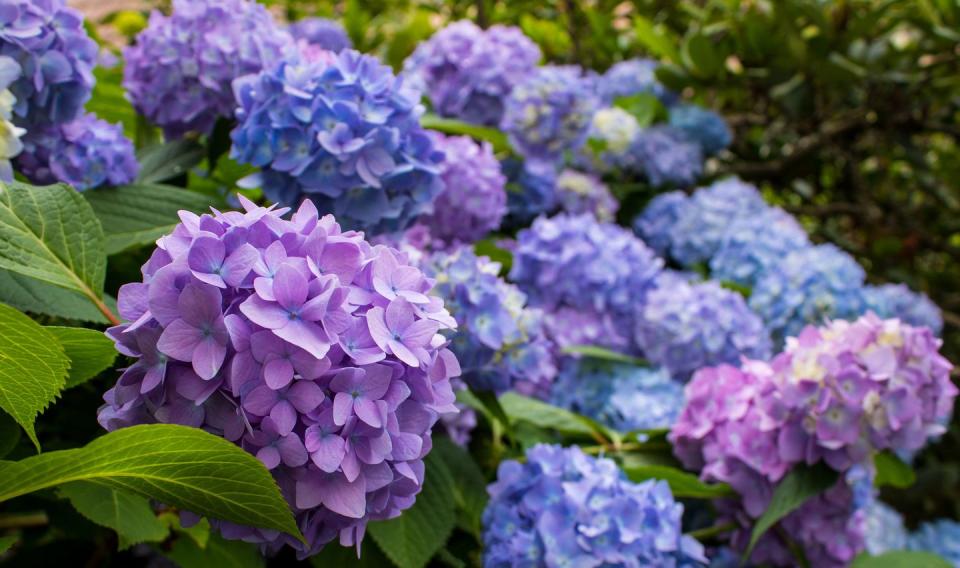
Iris
These brightly colored purple flowers are associated with good news.
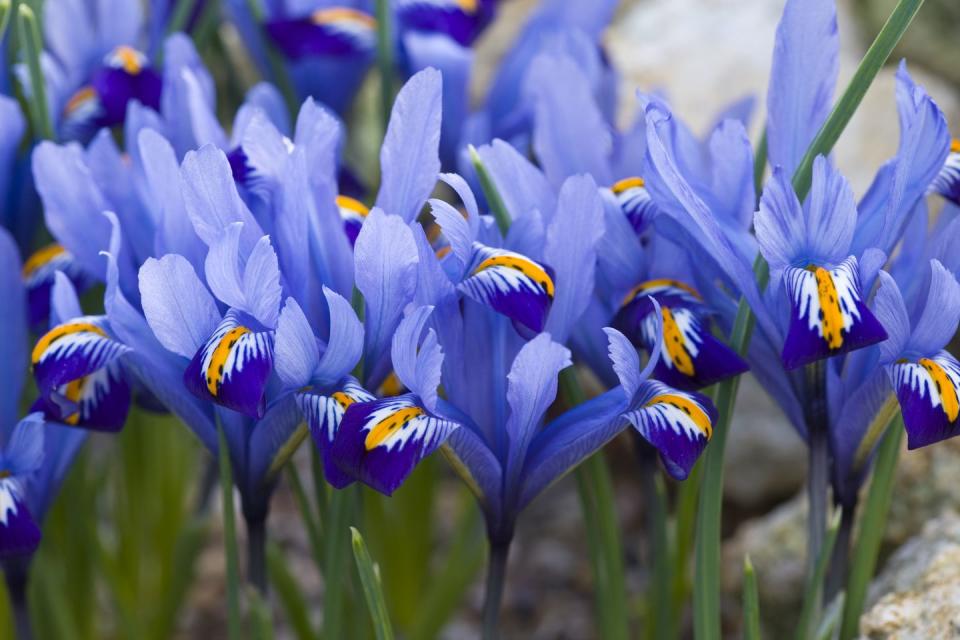
Lavender
Though lavender is a popular plant to gift, this fragrant and relaxing plant actually symbolizes distrust.
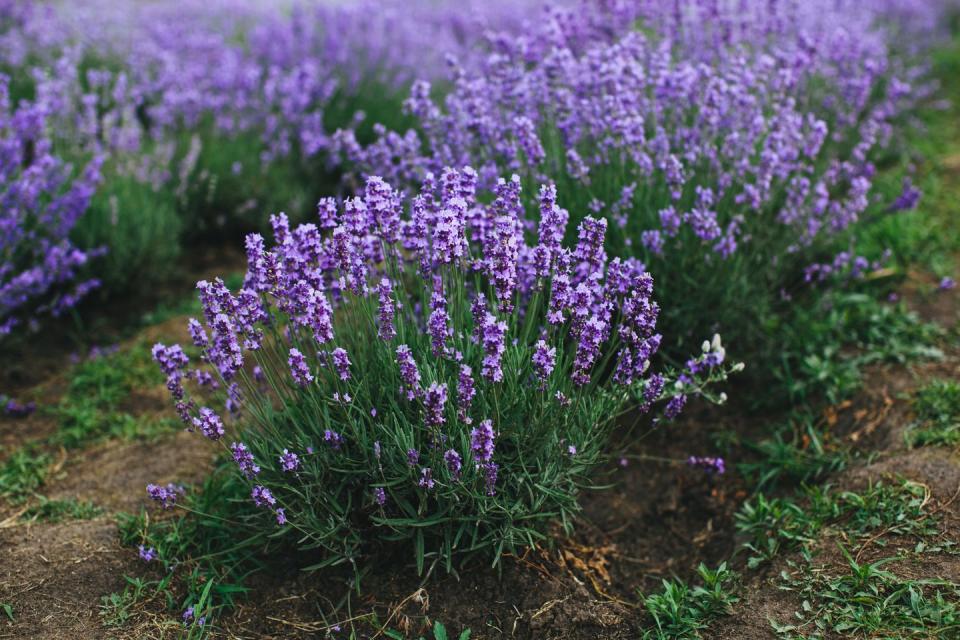
Lily of the Valley
The lily of the valley, an early sign of spring, is cherished for its wonderful fragrance and delicate bell-shaped flowers. Representing a return to happiness, it rose to prominence across the world as an enduring symbol of May Day.
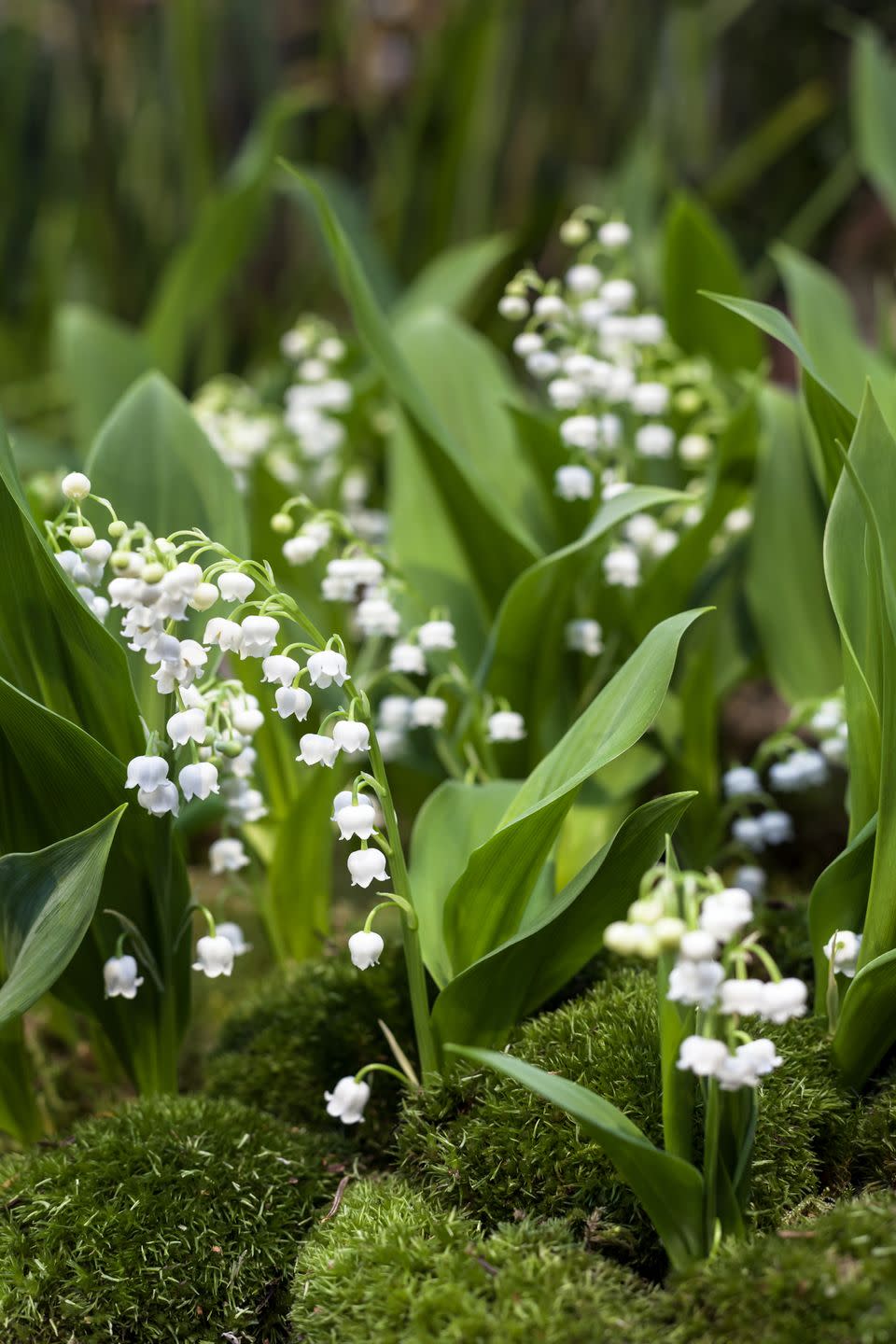
Magnolia
Magnolias symbolize nobility and love of nature.
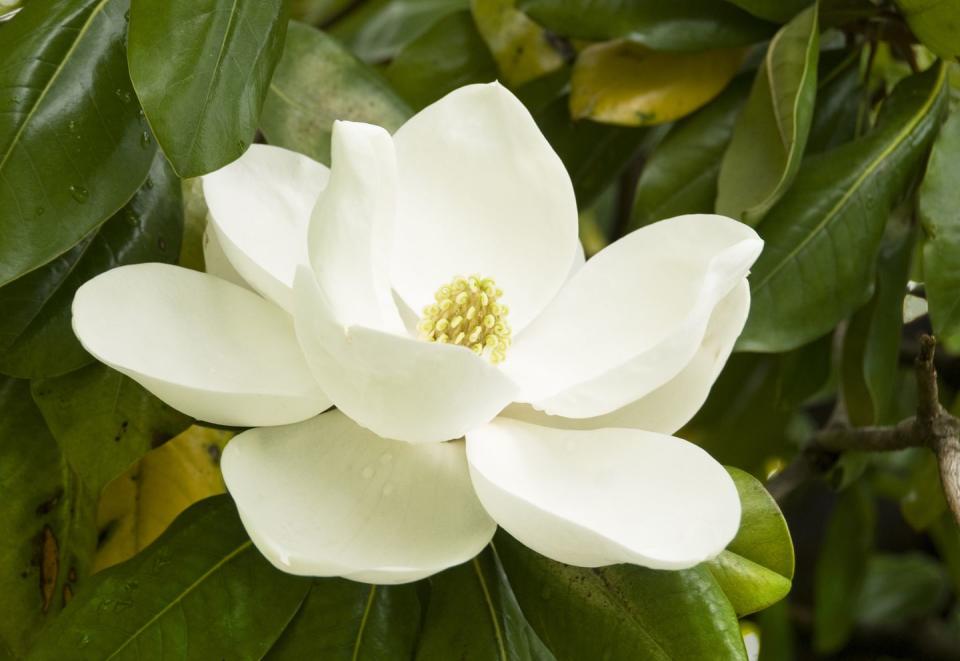
Marigold
Though these yellow and orange flowers seem cheerful, they actually represent jealousy. Yikes!
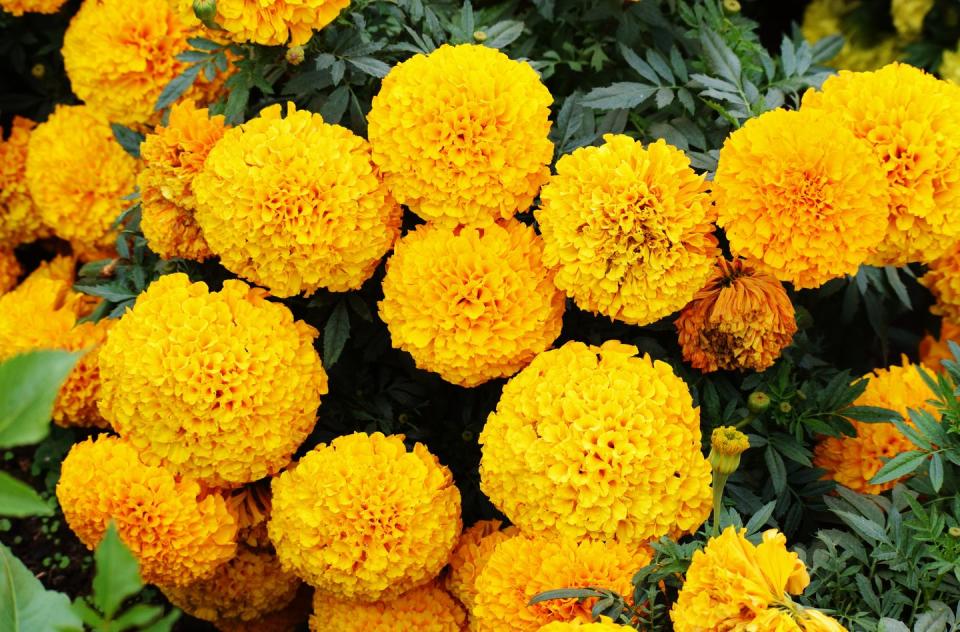
Morning Glory
The trumpetlike morning glory signifies extinguished hopes and unrequited love. With flowers that open only in the mornings, not at night or during the rain, women of the Victorian era gave them to suitors as a sign they had chosen someone else.
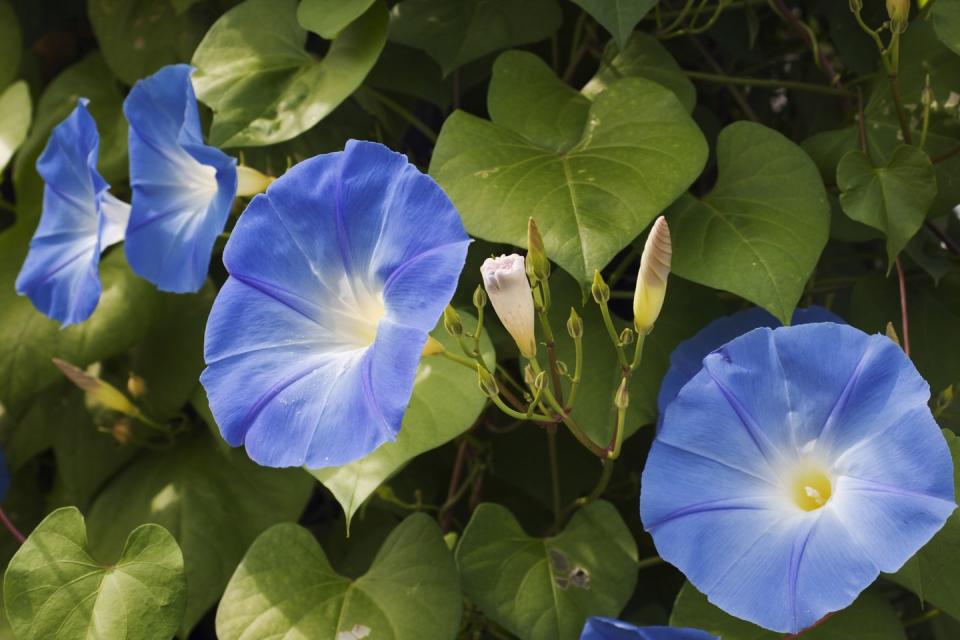
Orchid
This exotic tropical flower has long been viewed as a sign of luxury and refinement. When gifted by Victorians, the rarer the orchid, the deeper the love and passion for the recipient.
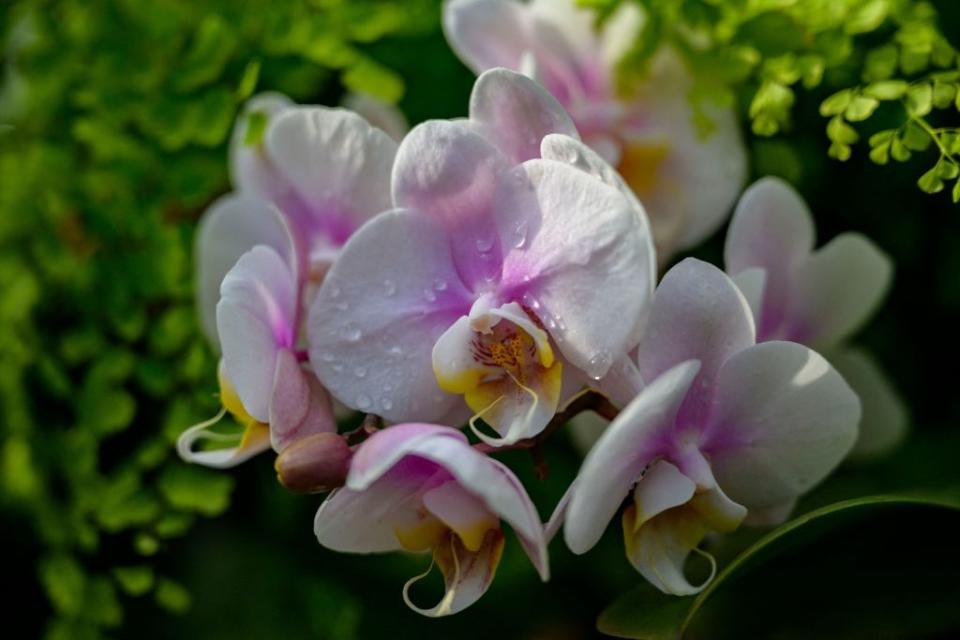
Pansy
The Victorians employed the alluring pansy as a means of secret courting. A small bouquet, or nosegay, of the colorful blooms expressed the loving sentiment of "I'm thinking of you" to the recipient.
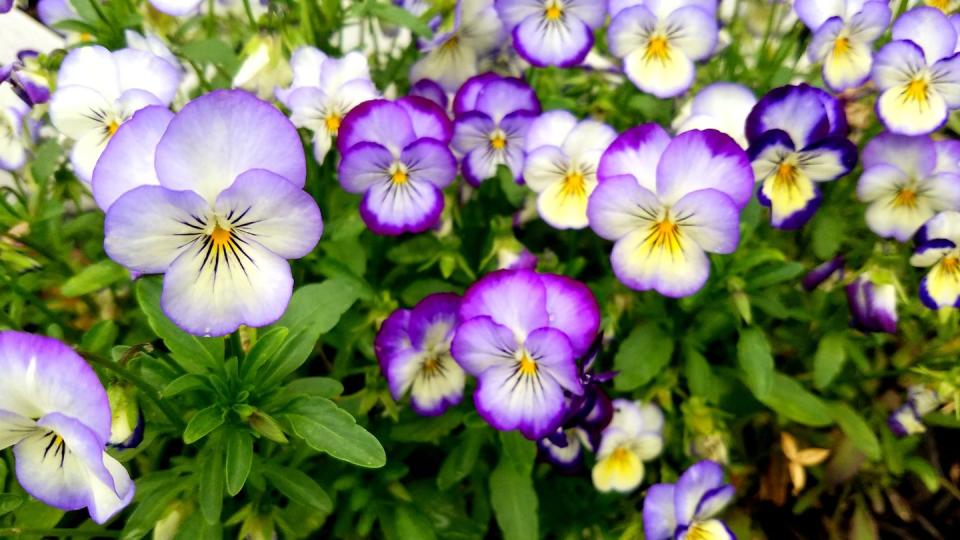
Peony
The ever-popular peony is a joyous harbinger of spring. While an ancient legend assigned the flower a meaning of bashfulness and shame, other interpretations include romance, romantic love, and beauty in all forms.
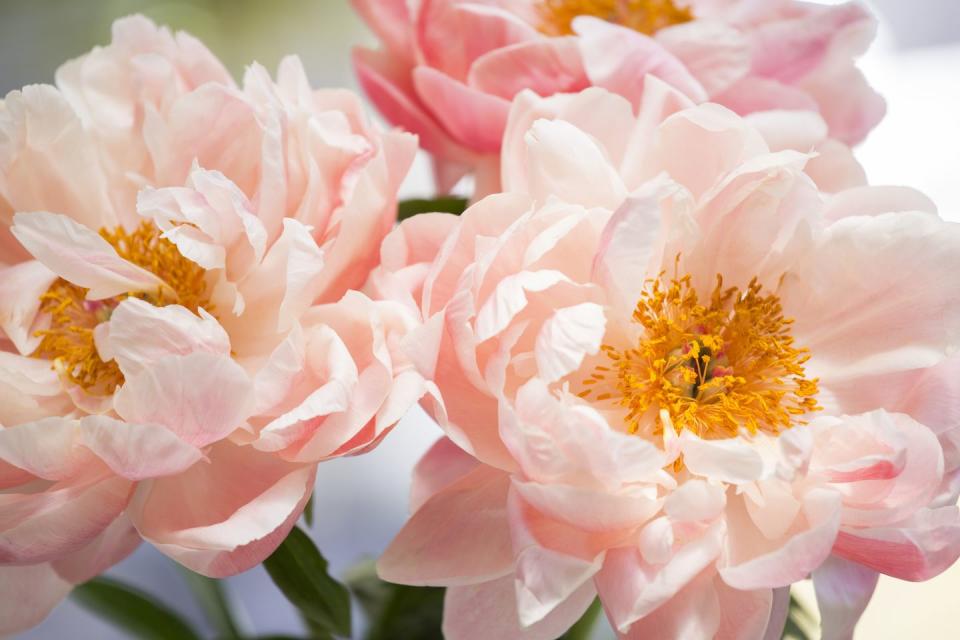
Ranunculus
Esteemed for its vibrant array of rich colors, the ruffle-petaled ranunculus, native to the Middle East, was a popular flower in the Victorian era and signals that "I am dazzled by your charms."
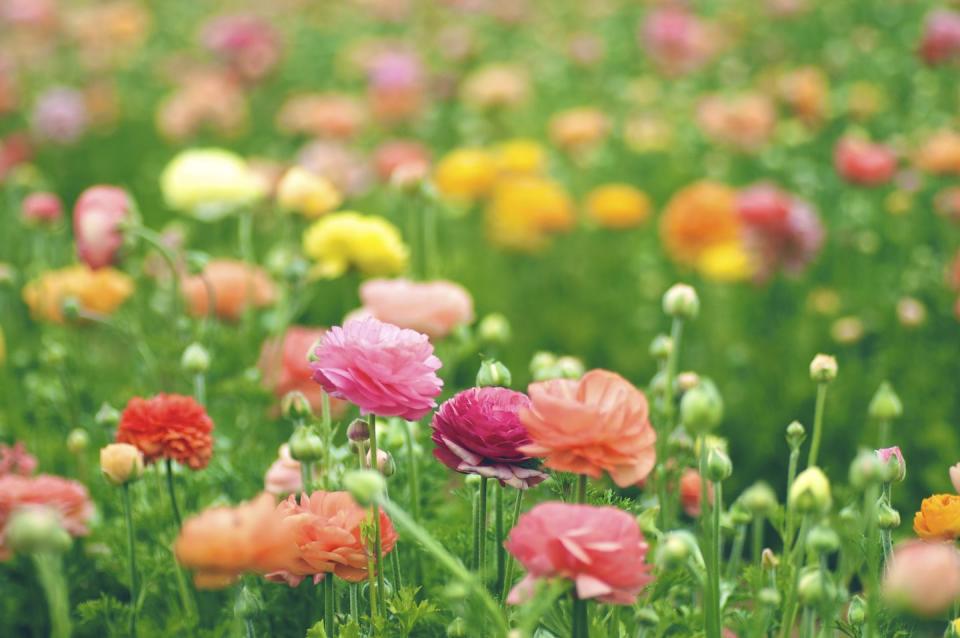
Rosemary
Rosemary symbolizes remembrance, making it a lovely gift for someone who's recently lost a loved one.
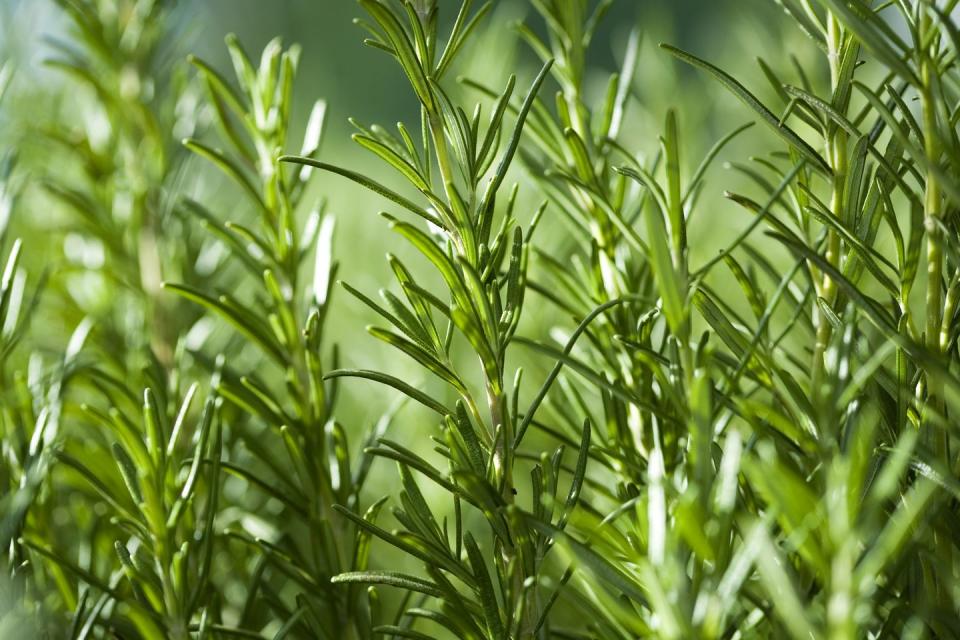
Rose
Perhaps no flower has more connotations than the iconic rose, one of the world's oldest-known flowers. Countless breathtaking varieties exist, from the decadent English Garden rose to the humble rambling rose, and each color reveals a special meaning. Pink stands for perfect happiness, burgundy for deep passion, and the heavenly white rose heralds new beginnings and innocence.
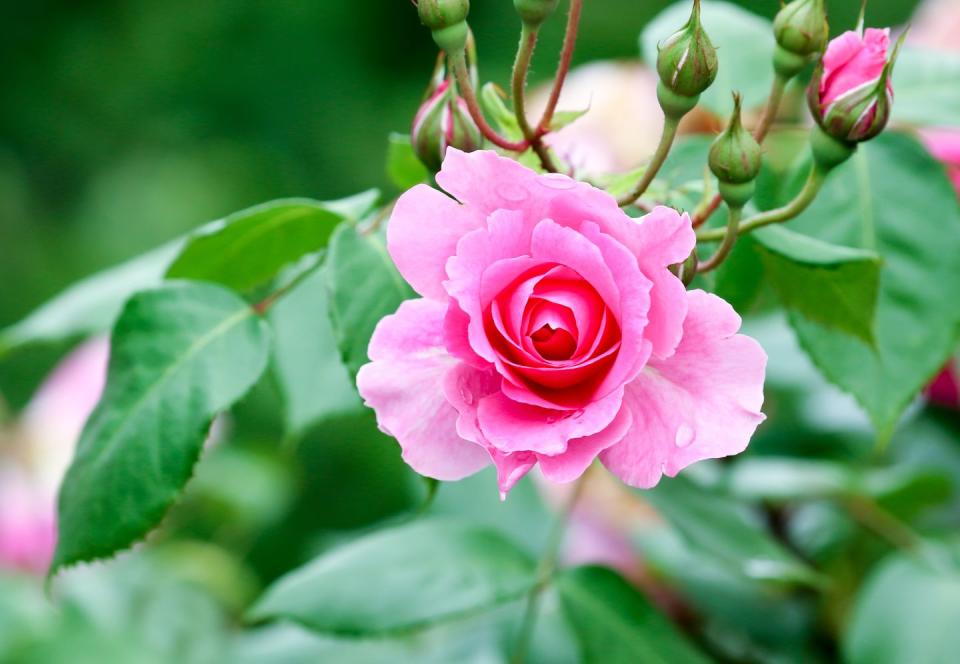
Snapdragon
Do as the Greeks and Romans once did, and plant snapdragon at your home’s entryway. Though they believed it could ward off witchcraft, its bright and cheery blooms have come to exemplify graciousness.
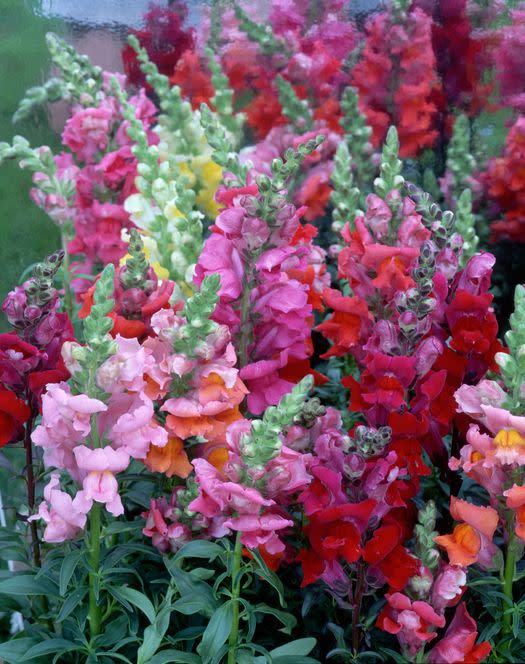
Sunflower
Sunflowers—specifically of the dwarf variety—represent adoration.
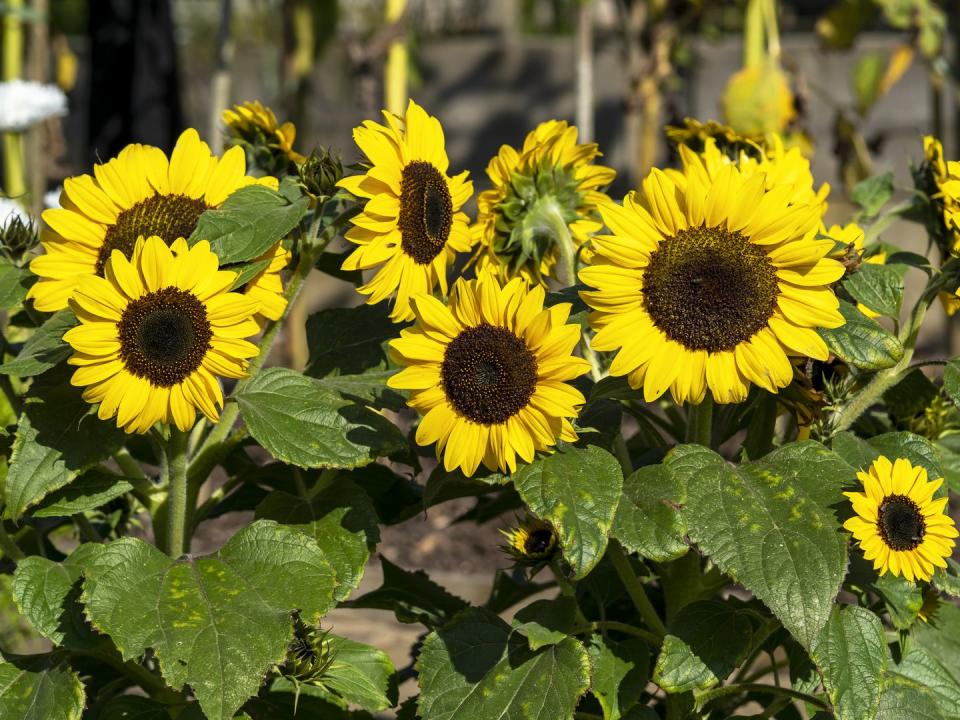
Sweet Pea
Sweet peas convey thank you for a lovely time, making them a thoughtful hostess gift when added to an arrangement.
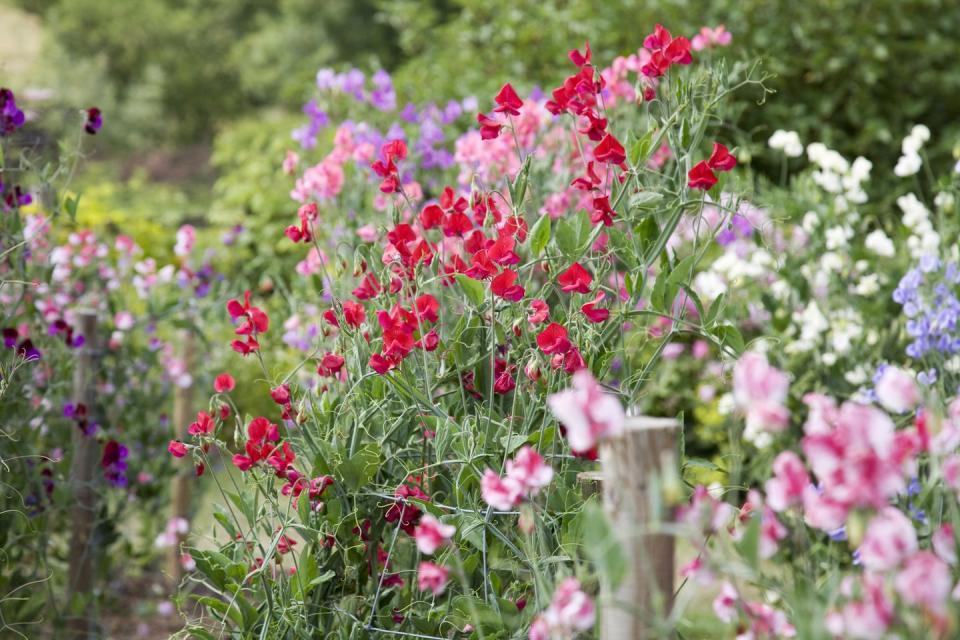
Thyme
Thyme represents courage and strength. Bring some to a friend going through an illness or trying time; they'll certainly appreciate the pick-me-up!
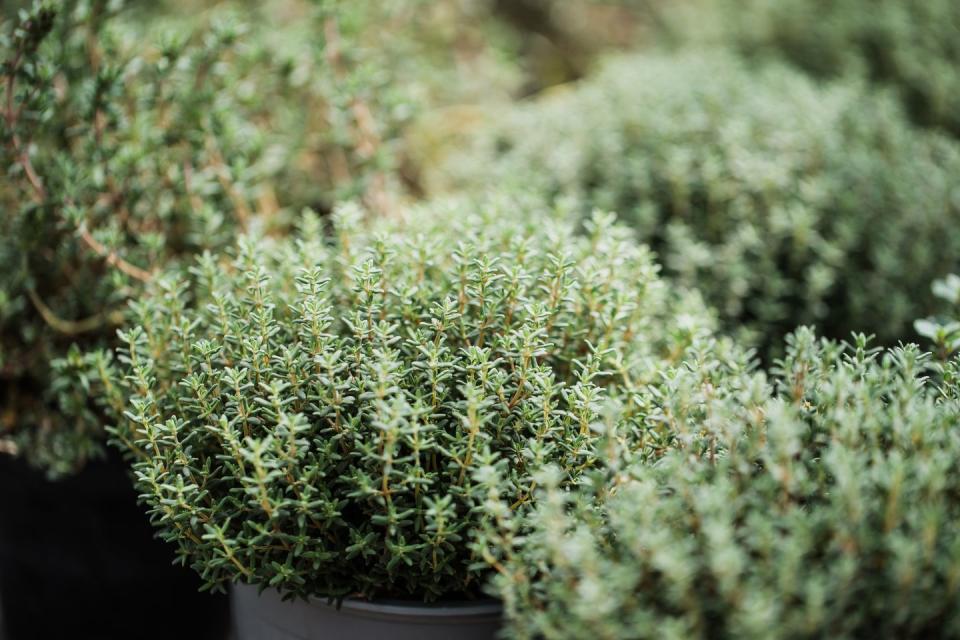
Tulip
Considered a declaration of love, the tulip, treasured for its saturated color and variegated patterns, has a storied past that crisscrosses the globe from its native Central Asia and Turkey to 15th-century Persia to the golden age of Holland. Happy yellow tulips specifically symbolize sunshine in your smile.
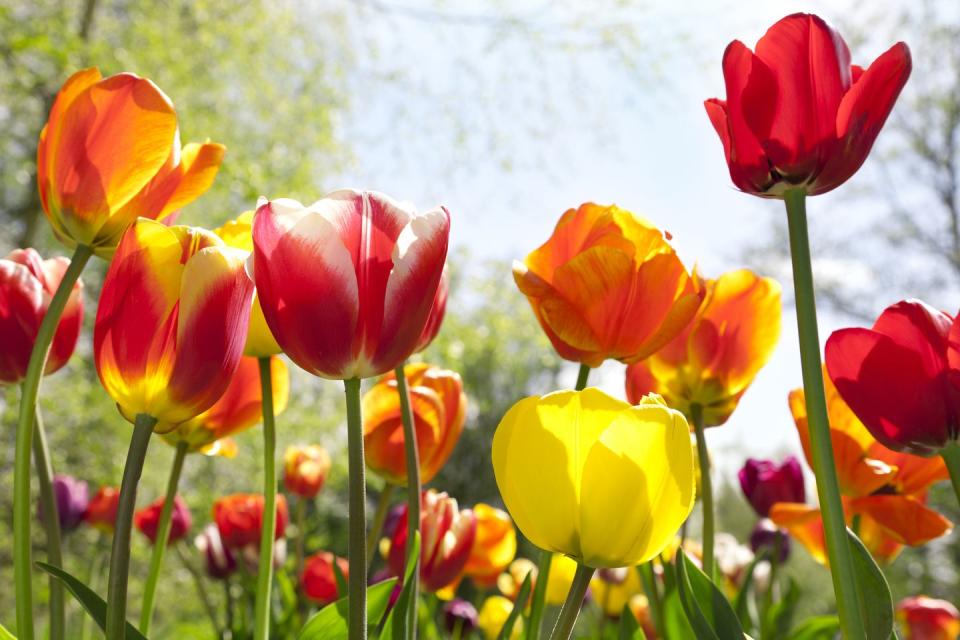
Zinnia
Zinnia symbolizes thoughts of absent friends and lasting affection.
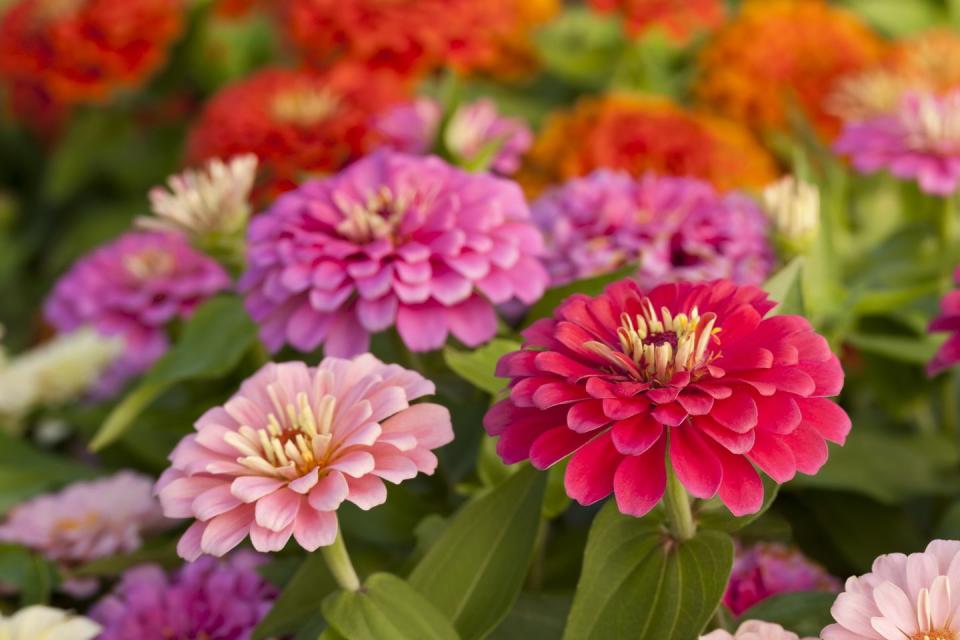
You Might Also Like

